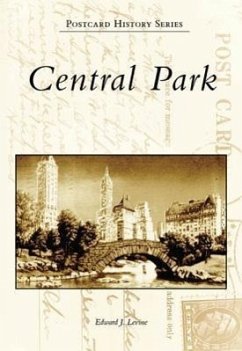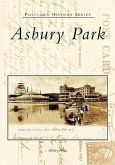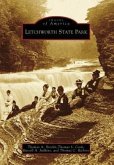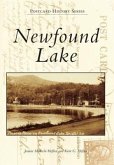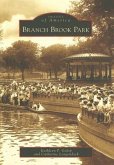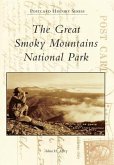Harper's Weekly reported in 1857 that no engineer had yet been able to present a feasible plan for Central Park and that "it may not ever happen." Their pessimism was misplaced, as Frederick Law Olmsted and Calvert Vaux's Greensward Plan was approved in May 1858. By 1860, visitors were enjoying the magnificent new park's naturalistic splendor. Central Park quickly became one of New York's premier attractions, featuring the menagerie, the mall, Bethesda Fountain, the Metropolitan Museum of Art, the music pavilion, the casino, and the original Croton Reservoir. The northern section of the park was more reminiscent of an untamed wilderness than of an urban park. Through historic postcards, Central Park highlights this man-made green oasis at the center of a teeming metropolis.
Hinweis: Dieser Artikel kann nur an eine deutsche Lieferadresse ausgeliefert werden.
Hinweis: Dieser Artikel kann nur an eine deutsche Lieferadresse ausgeliefert werden.

